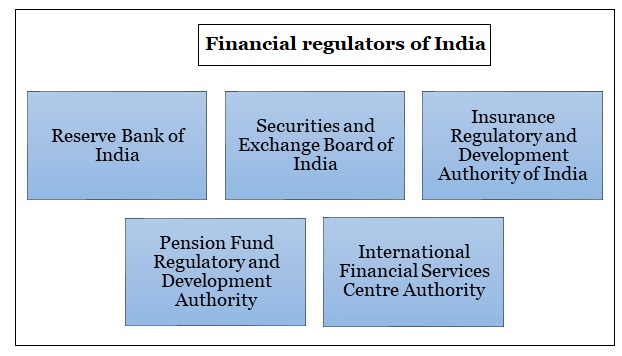7667766266
enquiry@shankarias.in
Recently governments and regulatory bodies are turning to “AI regulatory sandboxes” to balance fostering AI innovation with ensuring responsible development.

|
Global regulatory landscapes on AI regulatory sandbox |
|
|
Steps taken by India to promote AI |
|